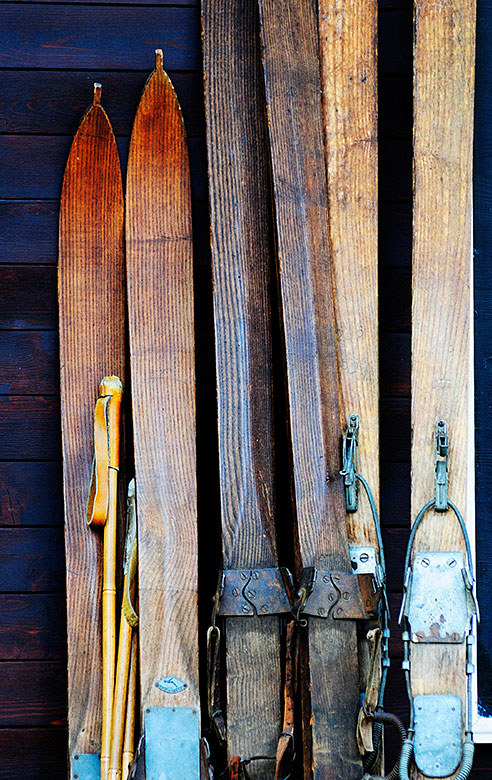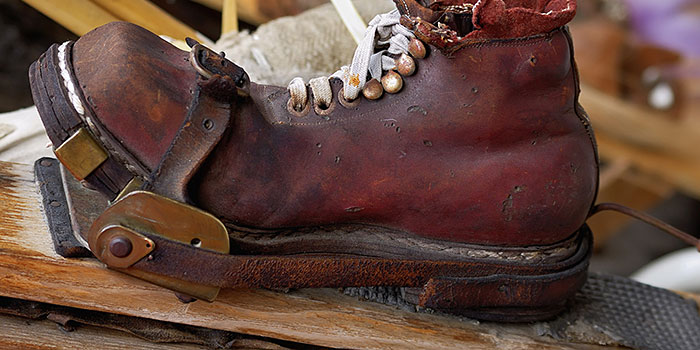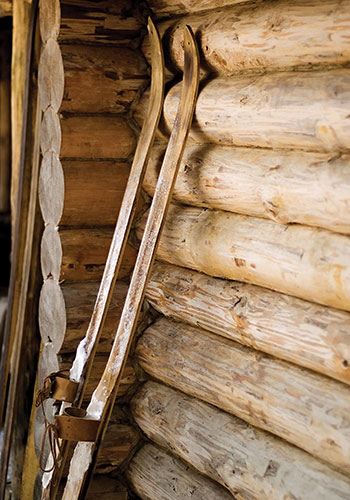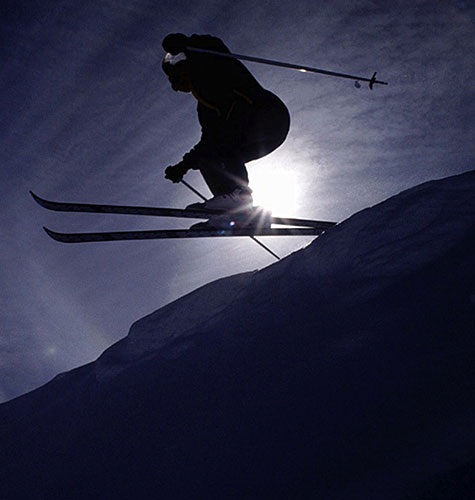



History Of The Skiing
- ArticlesandContent.com (CIRCA 2005)
- /
- Oct 8, 2021 (written 2005)
The earliest use of the term ski can be traced to the Old Norse term skíð: the latter translates as “a stick of wood.”
The history of skiing suggests that this sport is nearly five thousand years old. Drawings found on rocks in Norway, discovered in the early 1930s as well as drawings found in the early 2000s depict men using skis and using a stick for balance. Ultimately, skiing is an ancient sport that has evolved into the fascinating and exhilarating sport that it has become today. As time evolved and more people developed an interest in the sport, skiing equipment and the practice of skiing changed dramatically too.
Snow Skiing: Its Origins
The oldest existing ski was discovered in the early 1920s: the Kalvträskskidan was discovered near Kalvträsk, Sweden in a mire. The ski was officially carbon dated and found to have been created circa 3200 BCE. In addition, the earliest peoples to actually ski in Fennoscandia were distantly related to the Sami. The ancient Sami people were sometimes called by various names including scrifinni, skridfinner, or scritefinni; the latter can be loosely translated as the “skiing Sami.” The earliest use of the term ski can be traced to the Old Norse term skíð: the latter translates as “a stick of wood.”
The first ski may have been developed following the development of other useful equipment. Some historians believe that there may be a connection between the development of the snowshoe and skis. Snowshoes have an oval shaped wooden board that could be placed on the feet and made walking along the surface of the snow more possible. There may also be a link between the sledge runner used for transporting various materials; the fur shoe; the marsh shoe; the coracle, or the canoe.
By the 1850s, Sondre Norheim of Telemark had created the first ski straps made of birch tree roots and shoots. The latter materials were stiff enough to fit around the skier’s heels and helped the foot remain in the appropriate position with the skier’s toes inside the toe strap area. What’s more, Norheim’s innovation let to greater control over direction while skiing. Sixteen years later in 1866, the Central Ski Association located in Christiana, Norway, otherwise identified as the Centralforeigning, and had a skiing competition. At the competition, Norheim had the opportunity to demonstrate two distinct ski turns: the Chritiania skidded stop and the telemark turn.
Snow Skiing: Its Evolution
In the 1870s, Norheim continued to be a major contributor to the sport of skiing; at this time he introduced the sidecut ski, otherwise call the Telemark ski. This ski consisted of a flexible material with a narrow waist. The ski, when it was edged, allowed for easier turning maneuvers while skiing in soft snow. Nine years after that, ski equipment was commercialized by Martin A. Strand in Minnesota. By the early 1880s, the first American Ski Club was founded in New Hampshire called the Norske Ski Club. Later, in 1890, Fridtjof Nansen, a pioneer and explorer had the “Paa Ski Over Grønland” published; the latter work documented how he used skis that dragged equipment loaded sleds for a distance of three hundred miles across southern Greenland. The work also detailed how he used one or two sticks during his travels while on the ice found inland. Six years following Nansen’s publication, Marthias Zdarsky, a native of Austria, wrote Lillienfeld Skilaufer Technik, a book documenting the use of a single long pole as well as the use of the stem turn and the double stem brake for the descent/ascent of the steep mountainside while Alpine skiing.
By 1905, Carl Tellefsen established the National Ski Association in Ishpeming, Michigan. Tellefeson headed up the ski club and was a former ski jumper. Following Ishepeming’s very first championship for ski jumping, Tellefsen choose a president for the club he established. Five years later in Norway, the First International Ski Congress was conducted: this organization was the predecessor of the International Federation of Skiing that is the governing body for the sport today. In the same year, Johannes Schneider, a guide for skiing at a hotel in Austria created the “stem Christie” move. The latter move helped to improve turning when on skis and gave skiers the ability to make sliding turns. A year later, in 1911, the very first ski-manufacturing factory was built in Minnesota: the company was originally named C.A. Lund, but later came to be identified as the Northland Ski Company. The latter company sold skis crafted out of high quality hickory for more than three decades.
In 1911, the first World’s Downhill Classic run as held in Montana. Several years later in 1918, Johannes Schneider shared his skiing knowledge with members of the military: he educated thousands of British and Swedish World War I troops the sport of skiing. By the early 1920s, some of the first paid ski instructors were hired to work in a ski school located in the United States: the school was opened in Lake Placid and the instructors where hired by Henrik Jacobson to work for the Lake Placid Club. In addition, between 1920 and 1924, Hannes Schneider had officially formalized his skiing technique and made it into a ski education system identified as the Arlberg Technique. The latter technique would later be put into a documentary film by Arnold Fanck entitled Wunder des Schneeschuhs, which literally translates as Wonder of the Snowshoe.
As a testament to the popularity of skiing at the time, in the year 1922, an amateur club for skiers was also established: the US Eastern Amateur Ski Association. By 1924, skiing was part of the Winter Olympics hosted in France. The very first gold medalist in Nordic Skiing was Thorleif Haug, a Norweigian who won the 50-kilometer and 18 kilometer cross-country skiing competitions. Haug also earned a bronze medal in ski jumping that year helping Norway to take home eleven out of twelve gold medals offered that year.